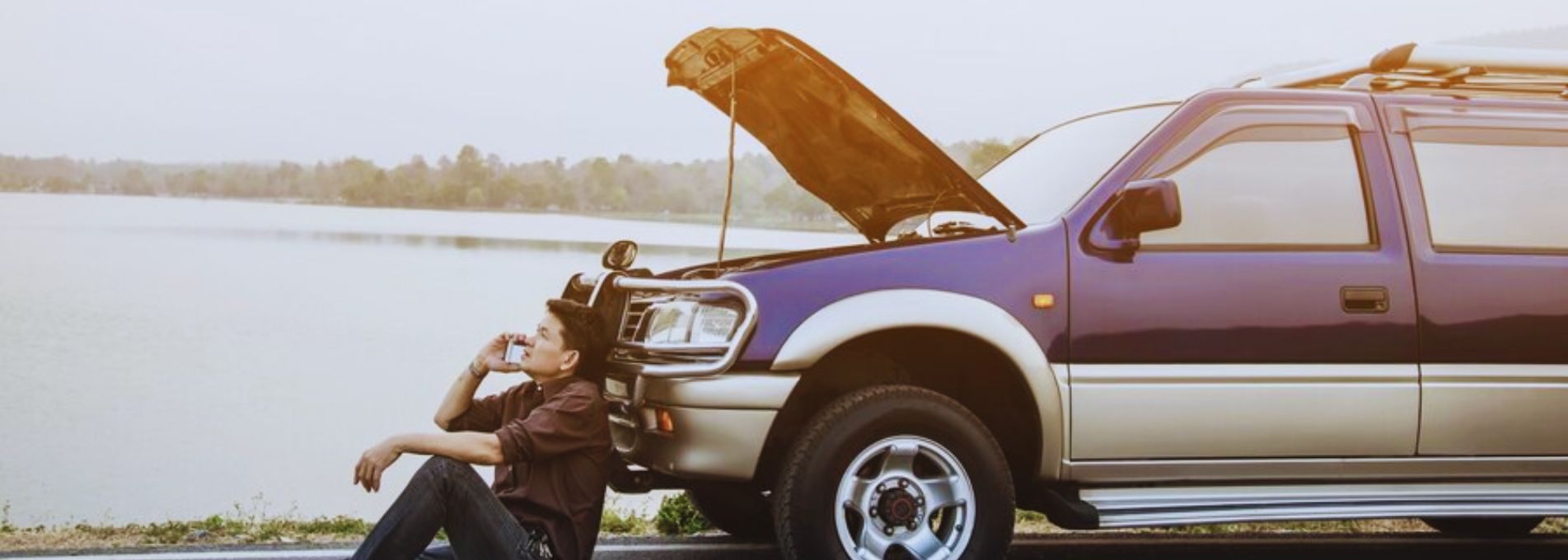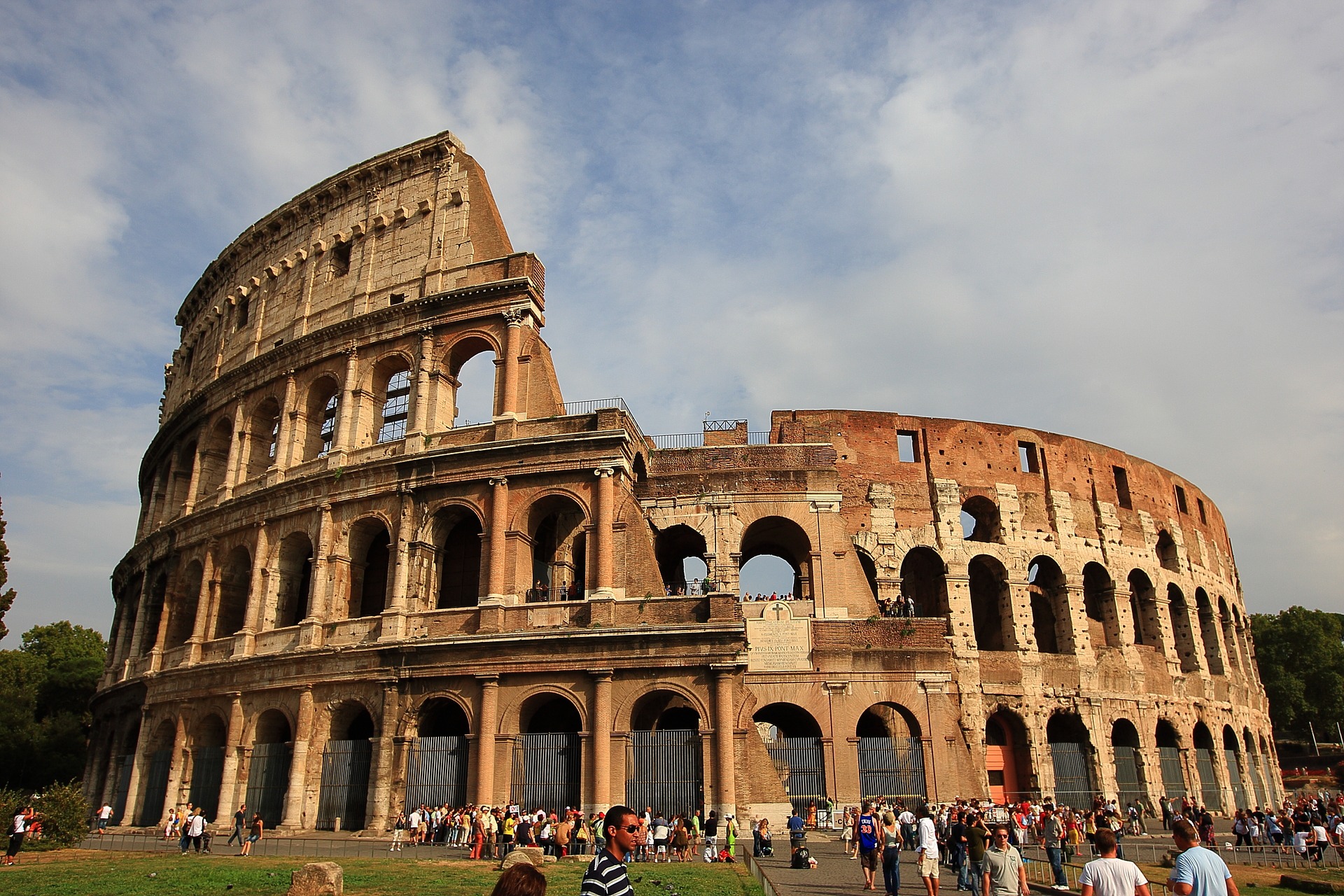Did you know that in the first half of 2024, the National Highway Traffic Safety Administration (NHTSA) estimated that 18,720 people died in traffic accidents?
When you are travelling to North Carolina and arriving in Asheville, it is quite possible, like any other place that you might get into a car accident can lead to emotional and financial stress when another driver is at fault. What happens if someone else is driving your car and gets in an accident?
If another driver crashes into your car, you should understand who is responsible; this is an issue you’ll need to deal with after the accident.
Factors like state laws, the severity of the accident, and even the extent of coverage from your insurance company all determine responsibility.
Understanding liability in car accidents is important for dealing with insurance claims, potential legal action, and damage recovery.
Here’s a guide to help you understand liability when another driver crashes your car.
Overview of Liability

Liability means being held accountable for something, which is frequently the result of negligence or, in the case of car accidents, vehicle defects.
Figuring out who is liable can take time and may involve multiple parties. The liable party should cover all the damages caused to the other party after the accident. This includes car repairs, medical bills, and other related expenses.
Sometimes, your insurance company may decide who is responsible for the damages. In “no-fault” states, your car accident insurance pays for damages regardless of who caused the accident. States that use a “tort” system require establishing liability when determining who will pay for the damages.
According to Asheville car accident lawyer Daniel Bridgmant, understanding these different liability rules can help you manage the aftermath of an accident. It’s advised to consult with legal and insurance professionals to make sure you have proper coverage and protection.
Determining Fault in Accidents
Determining who is at fault in a car accident usually depends on the details of the situation.
Document everything. Take pictures of the vehicles, the damage, and the accident scene. Include details like the date, time, and weather conditions.
Talk to any witnesses. Their statements can add additional context to what happened. Ask for a copy of a police report. The report should include the officer’s observations and any citations given.
Keep records of all communication with the other driver or their insurance company. Do not say anything that might imply accepting responsibility for the accident.
All this evidence you will gather is assessed concerning who could be held primarily responsible for the accident. Assessing the conditions of the traffic laws, driving habits of both individuals and conditions of roads come into view. All this assists the insurance firm in making the liability judgment. The detailed report would be handy for any claims case.
Types of Insurance Coverage
Knowledge about the various types of insurance available and their significance can ease your financial shocks while dealing with car accident insurance. It can reduce your stress after experiencing a crash while having the appropriate policy.
Liability insurance is car insurance for people proven faulty in an accident. This auto insurance covers the damage incurred and the subsequent medical expenses following the accident.
Collision coverage is insurance. It pays for damages to your car, regardless of who caused the accident.
Comprehensive coverage is essential. It will protect your vehicle from non-collision-related problems such as theft, vandalism, or natural disasters.
Personal injury protection, or medical payments coverage, will pay for medical expenses and lost wages following an accident, regardless of who was at fault.
Knowing these insurance coverages helps you choose the right one for your situation. You don’t want to be underinsured or somebody whose insurance will not be able to pay for your injuries and damages.
State Laws and Regulations
State laws determine liability in a two-car accident. Understand your local state laws to see if your state is on a fault or no-fault system.
Other states have laws of comparative negligence, so liability gets split between both parties. Whichever your contributory negligence is toward the accident will determine how much your award will be.
If you are 20 per cent responsible and the other driver is 80 per cent, you should pay less than the other party. In most other states, if you are found at fault, you will not even be permitted to file for damages.
Knowing all this will help influence your case’s proceedings and how much money you may receive as compensation.
Don’t Make These 7 Mistakes After a Car

1. Let the Police Determine Whether Your Car Should Be Moved
The movement of your vehicle, or allowing others to move it, might make accurate reconstruction of the accident impossible unless it is easy. Nobody ever gets in trouble for leaving his car in the roadway after a wreck.
2. Do Not State the Other Driver’s at-fault Insurance Adjuster
The other driver’s insurance adjuster is not your agent and only wants to save the insurance company money, hopefully by putting words in your mouth. Do not give them the opportunity.
3. Do Not Refuse Medical Attention While at the Scene if You Are Injured
This is not your moment as a hero. If you refuse to accept medical services or other emergency medical services, the driver’s insurance company who caused the accident would argue that you were not injured too severely for refusing treatment.
4. Do Not Accept Your Property Damage Claim on Your Automobile Until You Receive a Full Set of Photographs
The visible vehicle damage is often critical in proving how and why the wreck occurred. If you sign over the title on your vehicle before you hire your attorney and document your damages, you may just have signed away your most valuable evidence.
5. Don’t Let Witnesses Leave Before Contacting the Police
Often good Samaritans at the scene may be the only way you can prove who was at fault in causing the wreck. Allowing them to leave with a simple “thank you” may also allow your claim to leave.
6. Put Nothing on Facebook
Trust me when I tell you that the insurance lawyer will sue you for every posting you ever made to social media about the case. That midnight post you made when you are angry and in agony may cut the value of your case in half.
7. Let the Wreck Leave You With No Credit
Pay your medical bills as best you can, or make arrangements with your doctor to make monthly payments. A lawyer can often help you hold off your creditors until your case is settled. Because you will eventually collect your damages from the at-fault driver doesn’t mean your doctor must wait to get paid. The auto insurance company will not do partial payments and doesn’t care that your credit may get ruined.
Wrapping Up! Steps to Take After an Accident
Remaining calm after a car accident is essential, even when travelling to Asheville, North Carolina. Check for injuries among everyone involved and call 911 for medical help if needed.
If it’s safe, move your vehicle to a secure location and turn on your hazard lights to warn other drivers.
Once you are safe, exchange information with the other driver. This should include names, contact details, insurance information, and vehicle registration numbers.
Report to your car accident insurance company if possible. Provide them with all the details. Avoid admitting any fault in the conversation.













